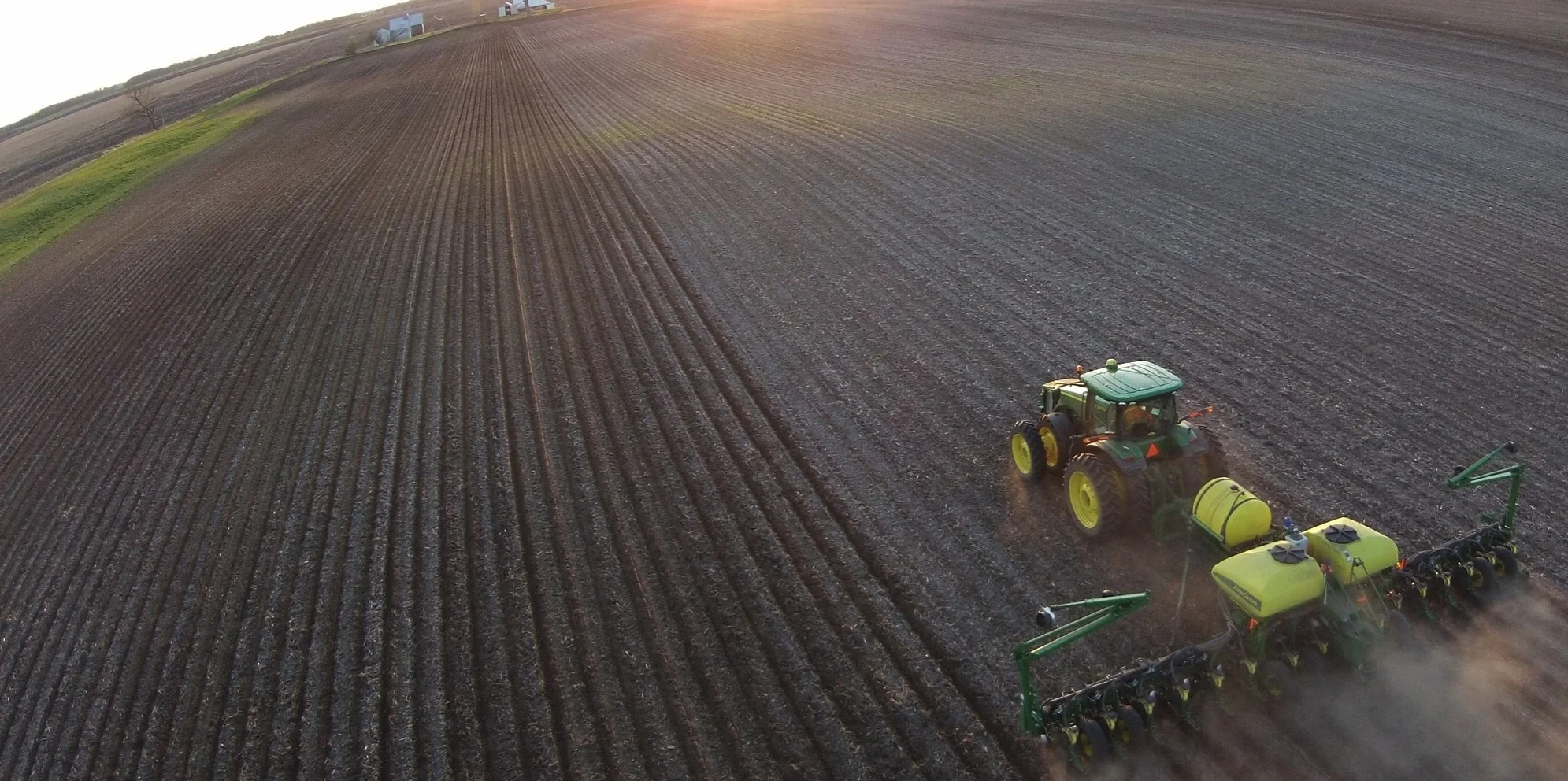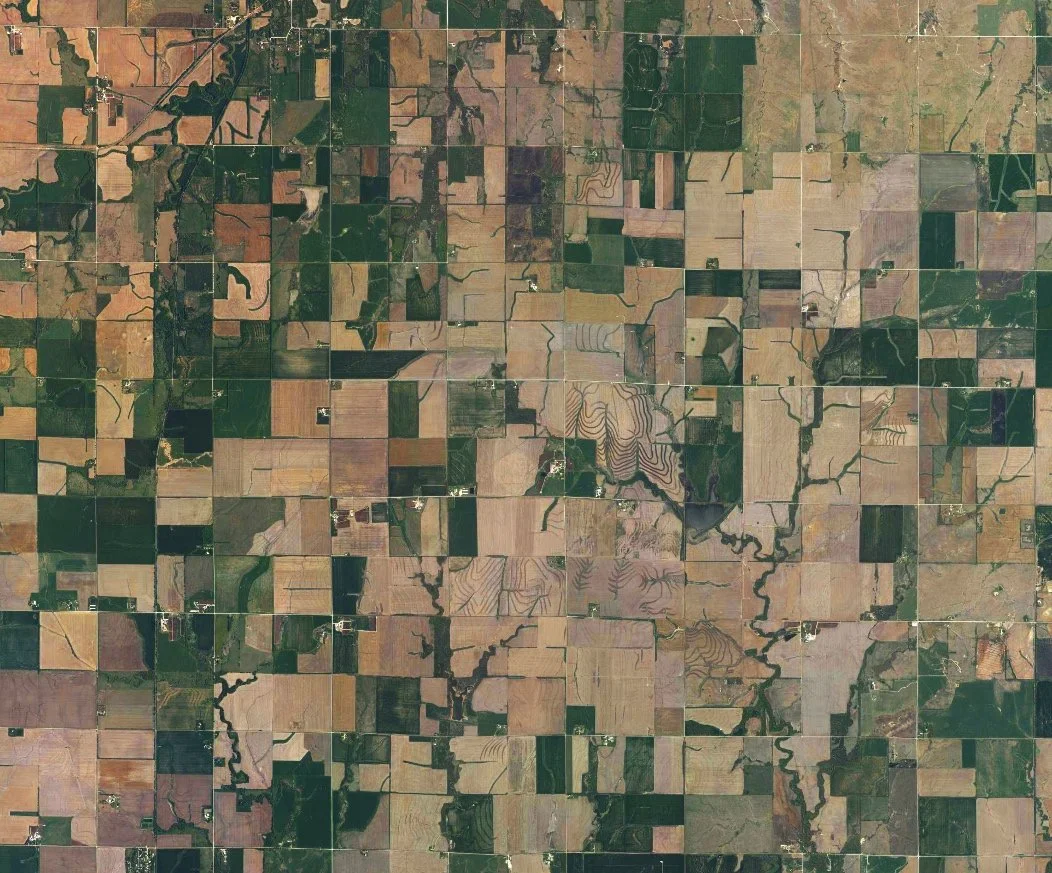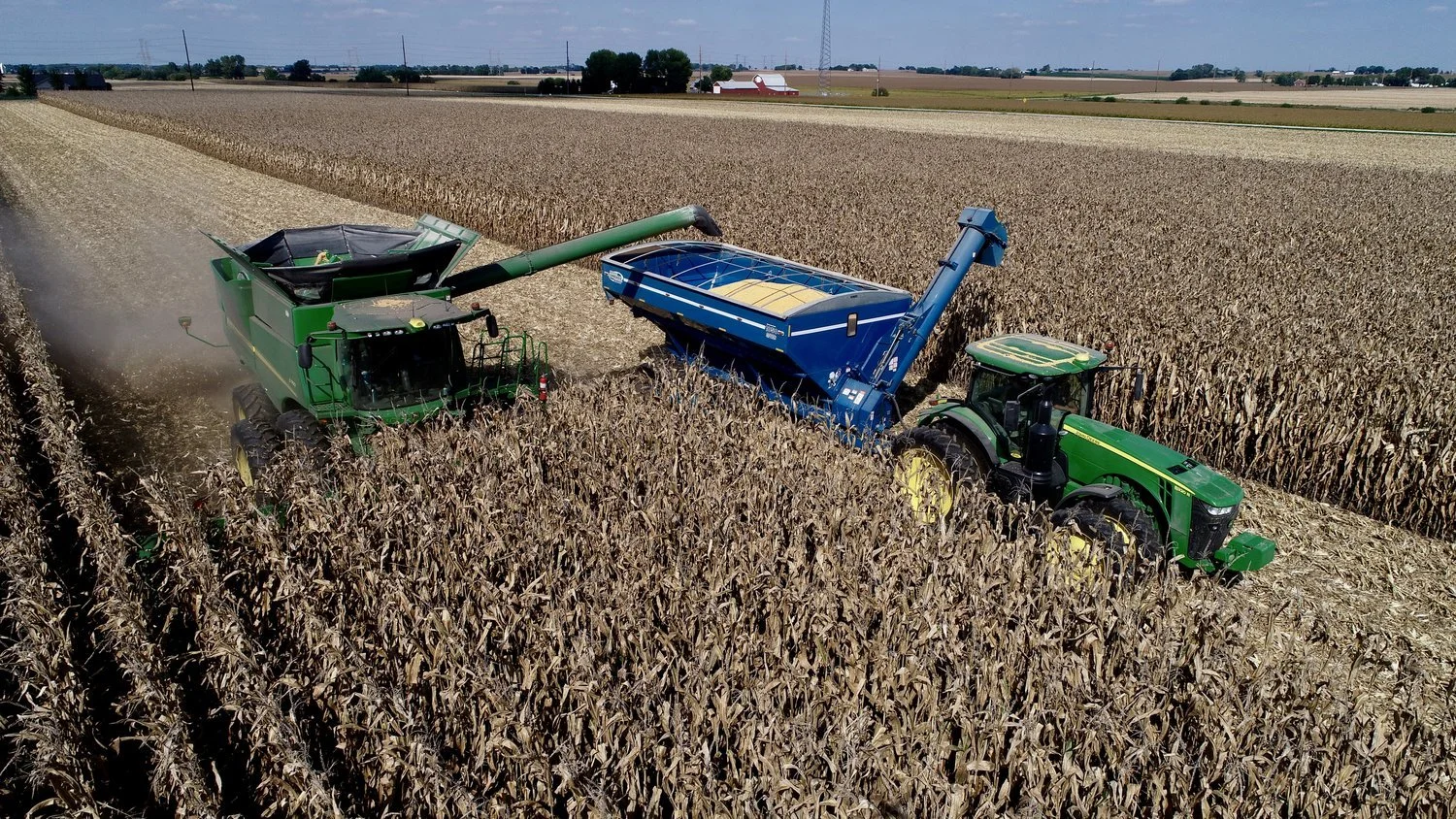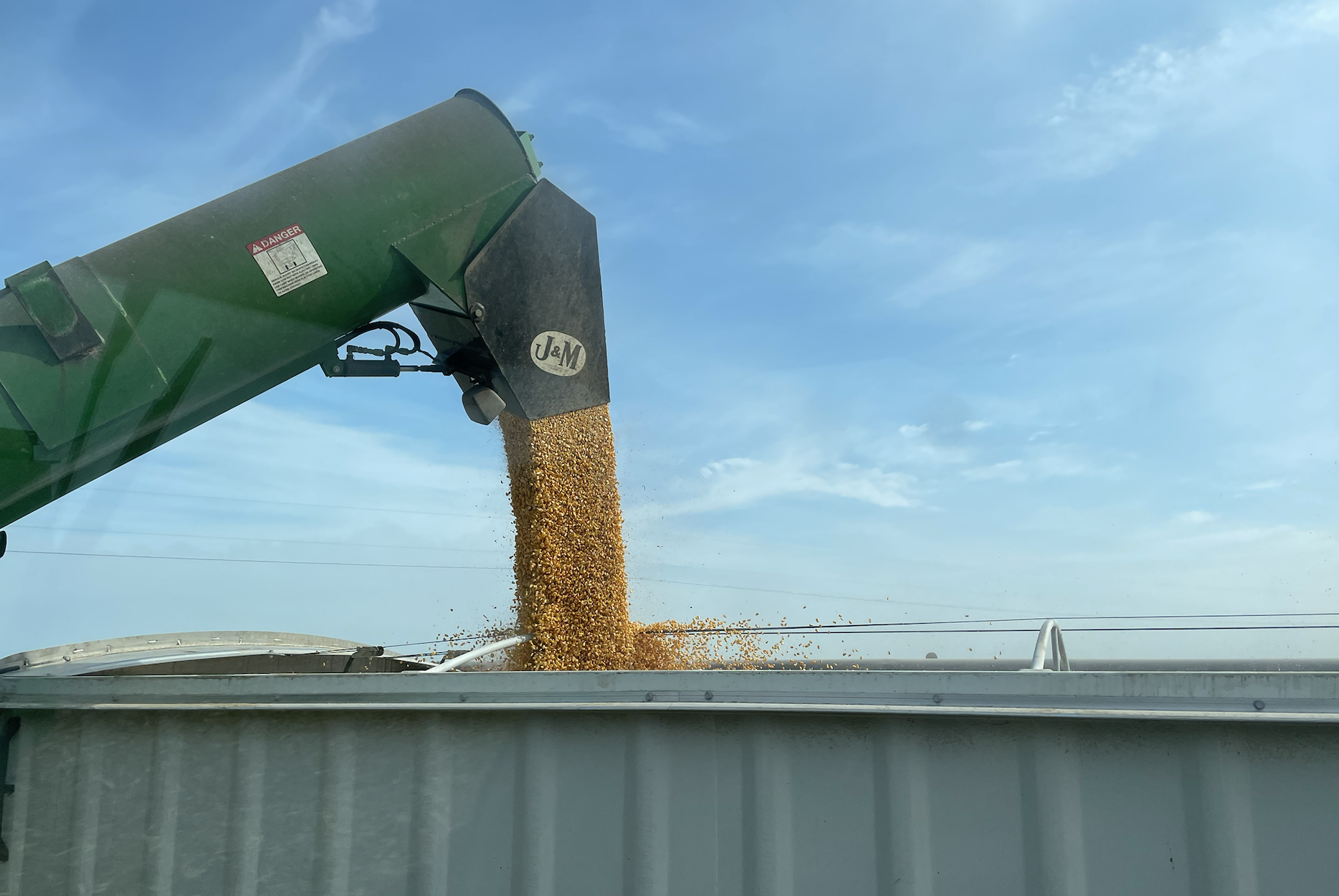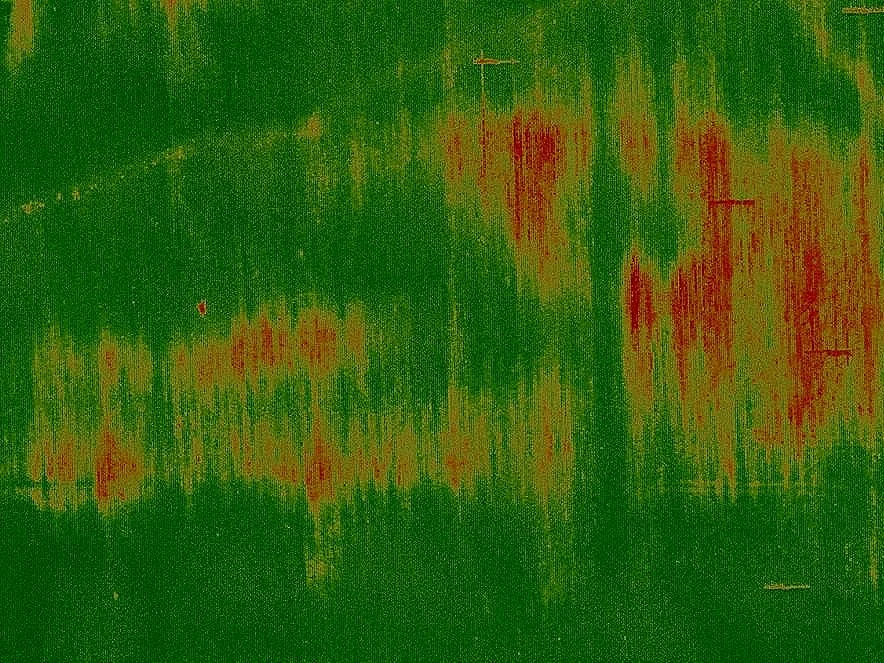The Key Elements of a Soil Carbon Contract
/USDA may have removed climate change research from its website, but the private market continues to pursue solutions to climate change problems. One of the potential solutions involves sequestering carbon in farmland soil by increasing the amount of carbon dioxide that is pulled from the air and stored in the soil each year. These “soil carbon” contracts are widely available to midwestern row crop farmers, but uptake remains slim. What’s typically in these contracts? This post describes five of the most common elements to a soil carbon contract.
Enrollment of Land. Whether it's an 80 acre corn field or a 1000 acre grazing pasture, the first part of any soil carbon contract requires the enrollment of land into the program. Farmers and ranchers must identify which land they are committing to carbon sequestration and enroll that land in a soil carbon sequestration program. These programs are being offered from a variety of parties, from ag retailers to online digital platforms.
Selection of Regenerative Farming Practices. Enrolled land requires the enrollee, the farmer or rancher, to following certain prescribed farming practices. Commonly required regenerative practices include no-tilling, cover cropping, and reducing fertilizer through methods like variable rate application. The carbon platforms have models that have calculated the carbon sequestration for each enrolled practice.
Data Collection. At least annually, the carbon platform collects agricultural data from the farmer to confirm the regenerative practices were followed and to estimate the amount of carbon sequestered. The carbon platform may also reserve the right to collect its own data by taking actual samples, auditing the farmer practices, or using satellite imagery combined with modeling.
Verification of Carbon Storage. The carbon platform uses protocols developed by third parties who have created the methodology for sequestering and measuring carbon in soil. Verification is necessary to measure how much carbon has been sequestered in soil so that carbon credits can be generated by the farmer’s efforts.
Payment Terms. At the end of the process, the company offering the contract is able to determine how many carbon credits the farmer has generated through enrollment and regenerative farming. The company sells the credit to a buyer that wants to offset its carbon emissions. Some carbon platforms will share the profits from the sale of carbon credits. Others simply pay a flat fee per acre to the farmer that was estimated in advance.
Of course, soil carbon contracts are much more complicated than these elements. For farmers or ranchers wondering whether they should sign one of these soil carbon contracts, these five points should provide a good checklist of where to start.

